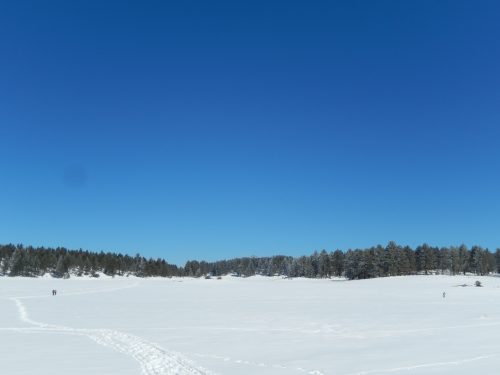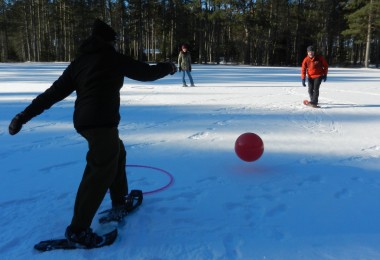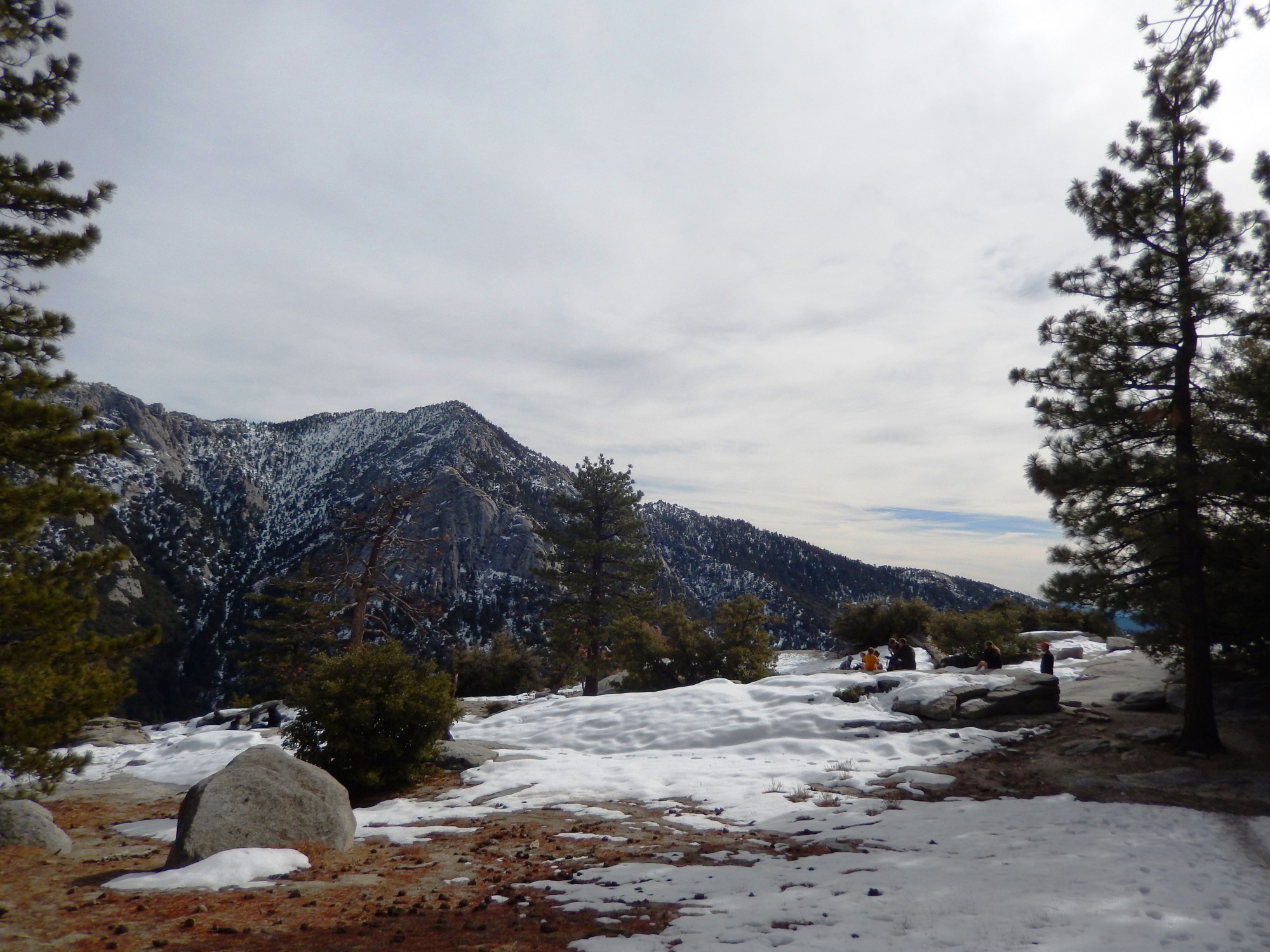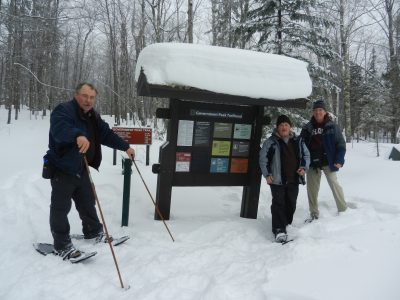For an insignificant fly-spot speck of land in an inland sea, Flowerpot Island in Ontario’s Georgian Bay looms large on the horizon.
Its twin namesakes scowl on the sun-drenched eastern shore, dominating the tiny peak of the Niagara Escarpment which barely clears the icy waters of the bay.
The island is part of Fathom Five National Marine Heritage Area, one of Canada’s first marine parks.
Despite its arctic-like temperatures, the bay draws people from all around the province and neighbouring states. Outside of the Caribbean or South Seas, nowhere else will you such luxuriously-tinted turquoise waters.
About 10,000 people may visit the island every year. Most take to the water at some point.
The cliffs of the escarpment here are underwater, plunging straight down to perhaps 200 feet in spots.
At an inlet along the escarpment face you will find a virtual flowerpot factory. There are several spots where flowerpots can be seen developing, although it will be thousands of years before wave action will cut them loose.
Flowerpots are a rare geological feature found in several areas around the world. The Bruce Peninsula hosts several of the stone columns, which are a reflection of its unusual geology.
The Niagara Escarpment is primarily limestone in composition, with a capstone of harder, tougher dolomite. The limestone, less resistant to weathering, crumbles faster than the dolomite.
With the flowerpots, the differing erosion patterns have resulted in top-heavy columns.
The island’s trails are a joy to walk. Carpeted with cedar chips, the main trail passes through a cedar bush reminiscent of a coastal rain forest. Not far from a renovated lighthouse, a set of stairs lead to an imposing cave formed by wave action centuries ago.
There are several other caves on the island. One is located not far from the lighthouse. In times past, it was used for refrigeration in the summer.
An interior trail is more challenging as it worms its way through the rocky heart of the island. The main trail can be walked in about 20 minutes: the interior requires about 40.
There are relatively few animals on the island, especially mammals, because of its remote location. About 10 years ago a black bear was relocated. Somehow it swam to Flowerpot, where there is little natural food.
Around the same tine, an endangered Massassauga Rattlesnake was discovered. It was the first known specimen on the island.
The island is also renowned for its orchids. In late May and June, botanists swarm Flowerpot looking for the flowers, particularly the Calypso.
The island is accessible only by boat or aircraft. Several Tobermory tour boats shuttle passengers to the island.





